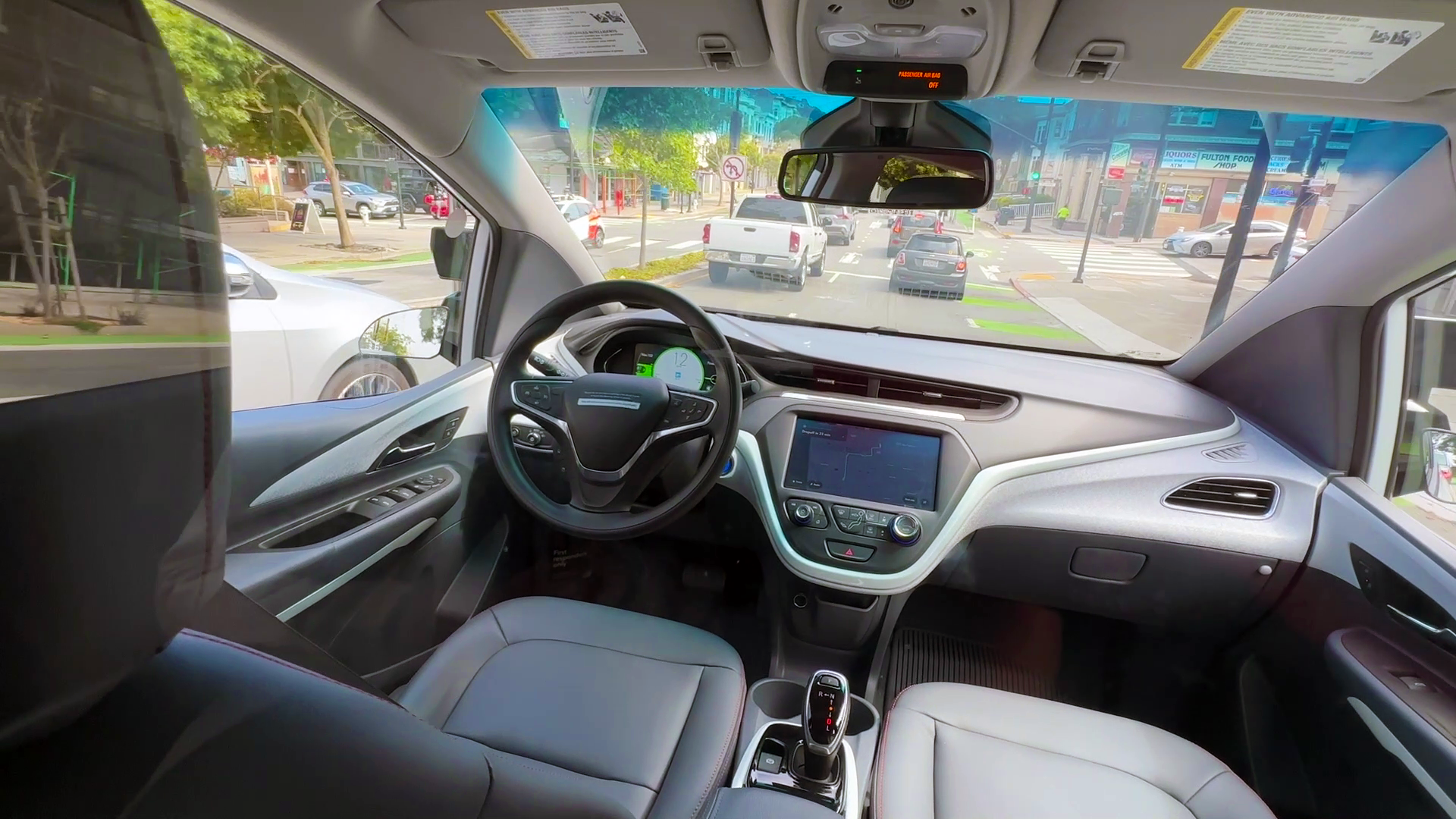
Normal 0 false false false EN-US X-NONE X-NONE /* Style Definitions */ table.MsoNormalTable {mso-style-name:"Table Normal"; mso-tstyle-rowband-size:0; mso-tstyle-colband-size:0; mso-style-noshow:yes; mso-style-priority:99; mso-style-parent:""; mso-padding-alt:0in 5.4pt 0in 5.4pt; mso-para-margin:0in; mso-para-margin-bottom:.0001pt; mso-pagination:widow-orphan; font-size:11.0pt; font-family:"Calibri","sans-serif"; mso-ascii-font-family:Calibri; mso-ascii-theme-font:minor-latin; mso-hansi-font-family:Calibri; mso-hansi-theme-font:minor-latin; mso-bidi-font-family:"Times New Roman"; mso-bidi-theme-font:minor-bidi;} The future of our biofuel energy production could lie in the ponds of waste water.
NASA is trying to prove that it is possible with its OMEGA project San Francisco's southeast water pollution treatment plant.
A closed system of plastic tubing contains algae, which is essentially killing two birds with one stone: It treats the wastewater and also produces algae oil, which can be used to produce biodiesel or aviation fuel.
"Whether or not it can grow economically to make sense as an aviation fuel, that's probably a question for the future," said Stephen Ord, NASA OMEGA project manager.
Perhaps someone has the answer.
NASA is trying to get the word out to the world that this technology is available and encourage private enterprise to take this experimental biofuel production to the next level.
Local
Ord said they're trying to provide an alternative way to harvest the algae and grow it in a way that doesn't compete with land resources in populated areas.
"So this way you're growing offshore," Ord said, "and not competing for that land resource."



